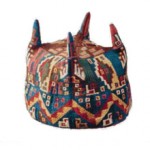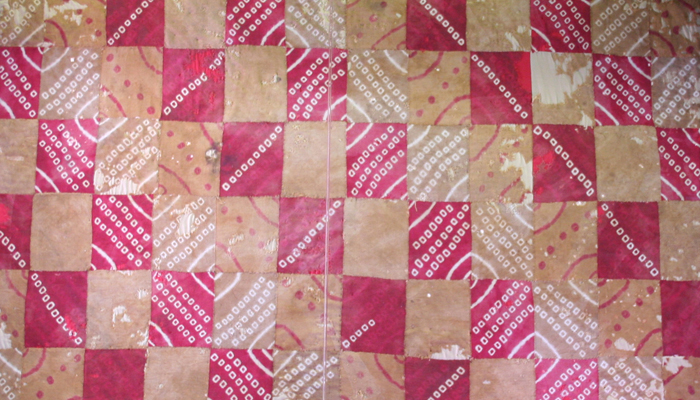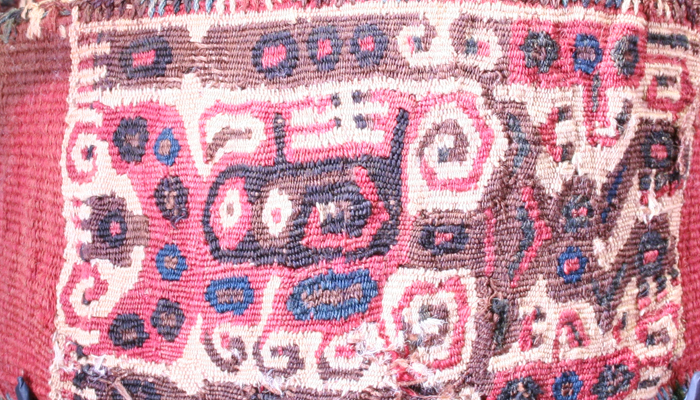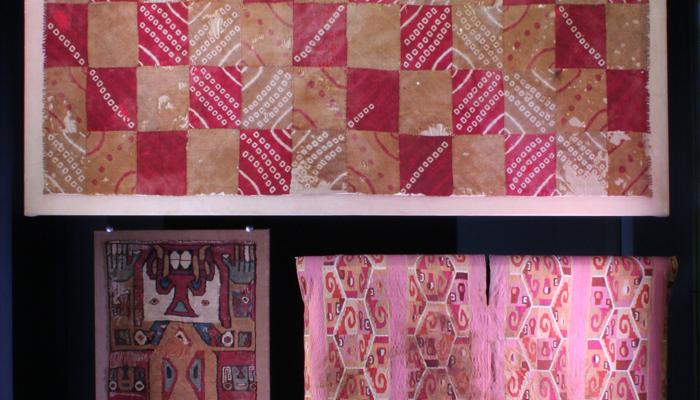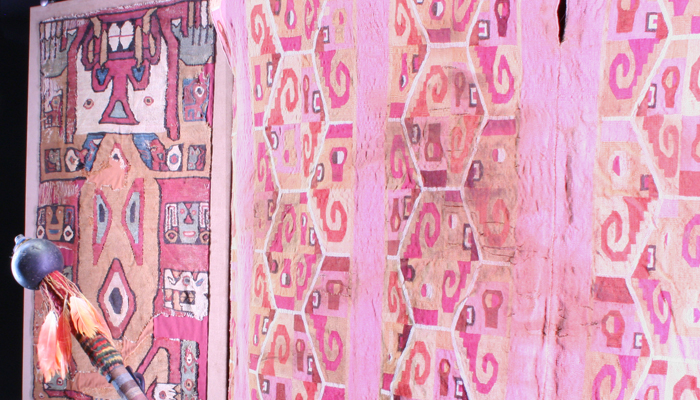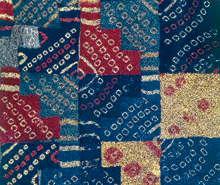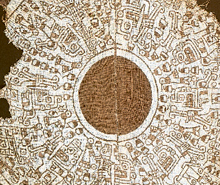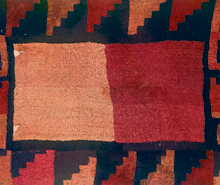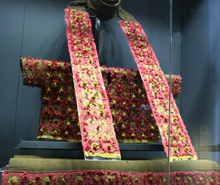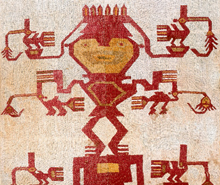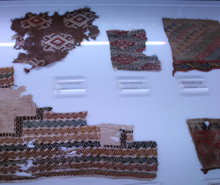The power of attire in the Andes
Between AD 600 and 1000 , the military and ideological expansion of the powerful Wari and Tiwanaku empires from the Andean highlands and the Central Altiplano, respectively. Legitimized through a system of religious beliefs, rituals and images, these peoples traded and exchanged ideas, goods and resources on the coast, in the highlands and at the edges of the jungle, establishing colonies in places inhabited by populations with a variety of different geographic origins, languages and traditions. In
such contexts, the textiles of these Andean empires played a crucial role in unification, imposing common styles of imagery in a world of ethnic heterogeneity.
Some garments were worn by leaders to indicate political and religious authority. Notable among these was the unku, kind of shirt or tunic decorated with fine tapestry weaving or with resist or tie-dyed designs, as well as headbands and four-cornered hats made with netting techniques. These cultures used weaving as a medium for expressing their views, displaying their mastery on
this art with iconography based on the logic of symmetry, opposition and the repetition of complex images. Through weaving, these groups represented the legacy of their mythical heroes and ancestral spirits.







































